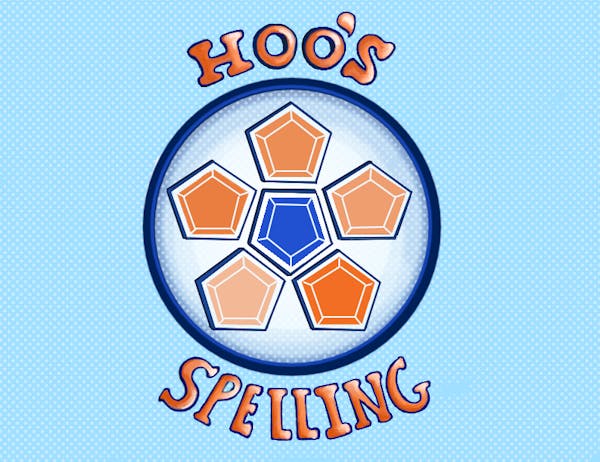A few weeks ago, Gerald L. Baliles, director of the Miller Center of Public Affairs, told a Roanoke ballroom full of Virginia newspaper people about a report called "Old Media, New Media and the Challenge to Democratic Governance." You can read it at the Miller Center's Web site, if you like.
For the past year, the center has studied and hosted discussions about the decline of American newspapers, what effect that might have on American government and what might be done about it. Baliles describes it as "a distillation of issues" rather than a ground breaking investigation. Nothing will be new to anyone who's paid attention to what's been going on in media over the past three decades or so. But it does put a lot of information in one place and it does layout some issues pretty clearly. I won't go over the whole 59-page report, but I want to touch on a few points about the state of newspapers that have some relevance to the newspaper you're reading now.
Evolving technology has been both a boon and a bane to newspapers. It has given them greater reach and more efficiency, but it has also given them increasing competition. There was a time when anyone looking for news, politics, sports, comics, classified ads, or crossword puzzles found them in a local newspaper. Now all that is available on line and most of it is available on a 24-hour television station. As readers and revenue have gone elsewhere, newspapers have cut back. They have cut the size and the number of pages they print and the percentage of those pages they cover with news. They've cut back on the size of their coverage areas. They've cut the number of days they publish. They've cut the size of their news gathering staffs. And that's the core of the problem that the pending death of newspapers poses for democracy. Whatever their shortcomings - and they are many - newspapers have more people out looking for news than television stations or radio stations or Web sites. More and more, other media have moved from chasing newspapers stories and perhaps expanding on them, to commenting about them. Much of what passes for news these days is actually opining about news.
Daniel Hallin, chairman of the department of communication at the University of California, San Diego, wrote in the Miller Center report, "In my view, though, there is clearly a serious danger that the whole pyramid of opinion and commentary that dominates the new media will be based on an inadequate base of real reporting."
The principal applies to The Cavalier Daily in a couple of ways. The paper doesn't have nearly as much trouble getting people to write columns as it does finding people to write news. News is more work. Even so, The Cavalier Daily has more people covering this community than any other news organization does.
I used to cover higher education for a newspaper with a circulation of about 100,000. There were five colleges and universities in town. In theory I covered them and the local community college and the state college system and kept an eye on the system's flagship campuses. That's one reporter split about nine ways. Each of those campuses had a student newspaper. Some were better than others, but all of them had more than one-tenth of a reporter on the job.
In theory, at least, that meant more people watching what the people in power were doing. And that, after all, is one of the main reasons we have a press in the first place. I say "in theory" because student papers share a shortcoming with other newspapers - and some other forms of media. They rely on official sources a lot. In the early 1970s when, legend has it, investigative reporters were bringing down presidents and ending wars and doing all sorts of anti-establishment things, government officials made up more than 80 percent of those newspaper's sources. I'm not sure it's gotten a lot better.
The antidote for that, according to the gospel of the internet, is an army of citizen journalists. But there are a lot of problems with that. Most of those folks don't do journalism full time. Individuals' interests are likely to be individual, so a lot of news will slip through the net. And a lot of unreliable information will get scooped up.
The Miller Center report looked at a number of potential ways out of the dying newspaper predicament. One of them is some form of public funding. The dangers of that were illustrated at Virginia Tech recently when the student government considered pulling funding because it didn't like the way The Collegiate Times operated.
Another possibility is training the older citizens who commonly attend local government meetings to be effective citizen journalists. I doubt that will help the University community very much.
Tim Thornton is The Cavalier Daily's ombudsman. His column usually appears on Mondays.






